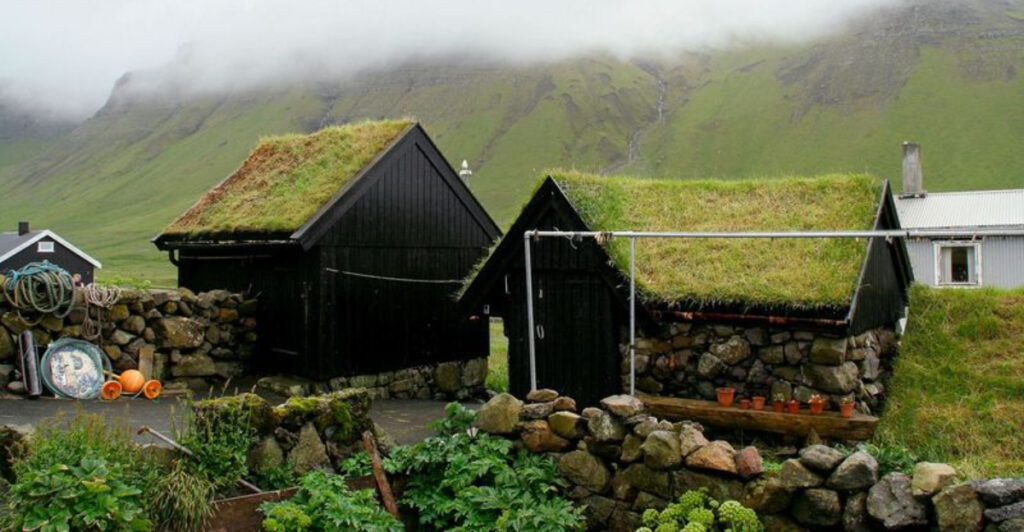Some islands around the world possess such breathtaking beauty that they risk being loved to death. Mass tourism threatens to destroy the very qualities that make these destinations extraordinary. From coral reefs bleached by sunscreen to ancient cultures overwhelmed by cruise ships, these fragile paradises face an uncertain future if visitor numbers aren’t carefully managed.
1. Boracay: The White Sand Wonder That Nearly Disappeared
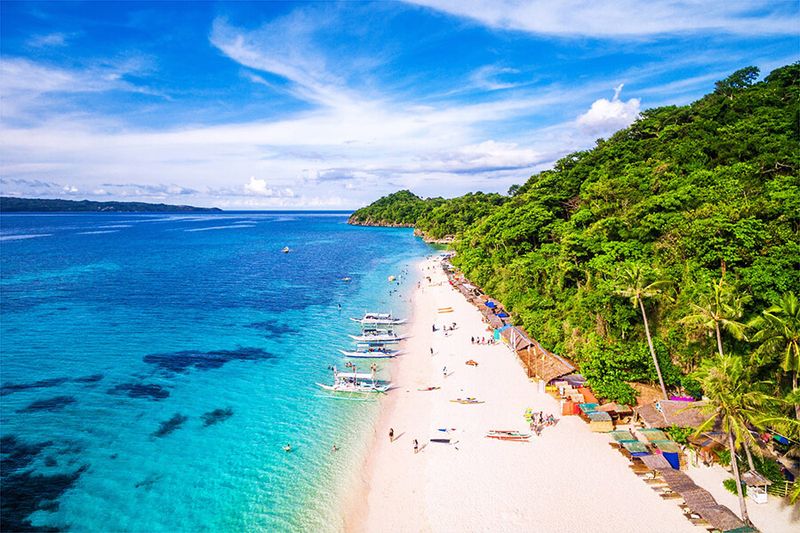
Picture perfect white sand so fine it feels like powder between your toes, paired with waters so blue they seem painted by an artist. Boracay once represented the ultimate tropical getaway until reality hit hard in 2018.
Environmental destruction forced the Philippine government to shut down the entire island for six months. Sewage had turned paradise into a cesspool, earning it the unfortunate nickname of a “dead lake.”
Today, strict visitor limits and environmental regulations keep this gem protected. The lesson learned here shows that even the most beautiful places need boundaries to survive mass tourism.
2. Santorini: When Cruise Ships Overwhelm Paradise
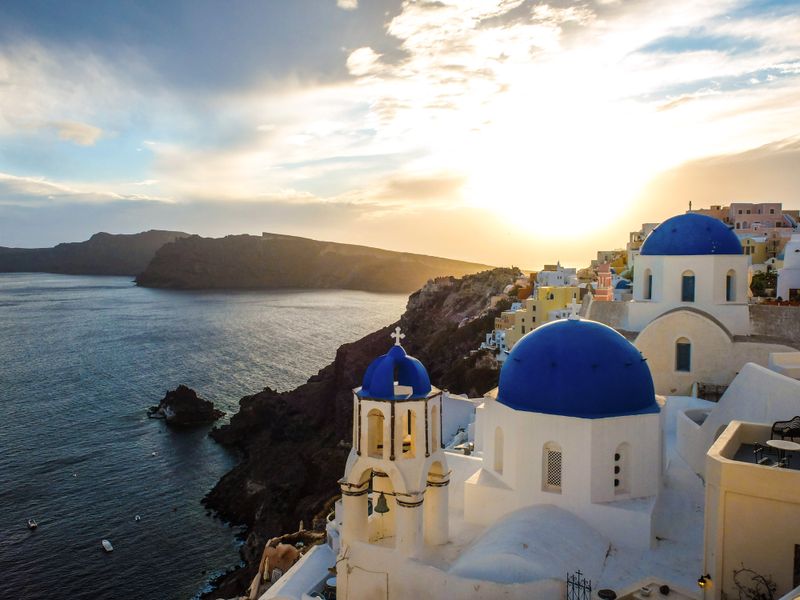
Those iconic blue-domed churches perched on volcanic cliffs create one of the world’s most recognizable skylines. Yet behind the Instagram-perfect sunsets lies a community struggling under the weight of millions of visitors.
Cruise ships dump thousands of tourists onto narrow cobblestone streets designed for donkeys, not tour groups. Local residents often can’t leave their homes during peak hours due to the human traffic jams.
The island’s infrastructure creaks under pressure while housing costs skyrocket, forcing locals to abandon their ancestral home. Sometimes the most photographed places become victims of their own beauty.
3. Isla Holbox: Mexico’s Bioluminescent Secret Under Threat
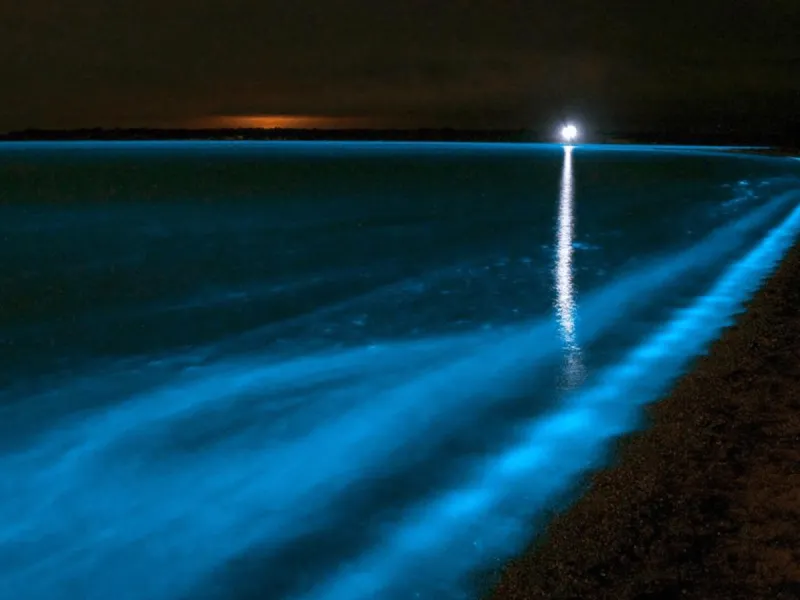
Imagine waters that glow electric blue with every splash, creating a natural light show that seems too magical to be real. Whale sharks glide through crystal-clear lagoons while flamingos paint the sky pink at sunset.
This car-free island paradise once remained hidden from mainstream tourism, accessible only by ferry. Now luxury resorts sprout like mushrooms after rain, threatening the delicate ecosystem that creates those glowing waters.
Development pressures mount as investors recognize the island’s potential. The race is on to preserve this bioluminescent wonderland before concrete replaces the mangroves that keep the magic alive.
4. Bali: When Paradise Becomes a Parking Lot
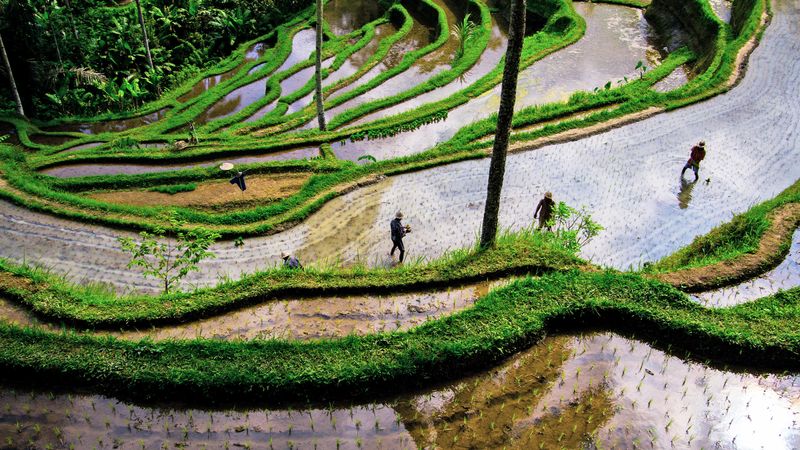
Ancient temples rise from emerald rice terraces while traditional ceremonies continue as they have for centuries. Yet this spiritual haven now drowns in plastic waste and traffic that moves slower than walking speed.
Instagram influencers flood sacred sites for the perfect shot, often disrespecting local customs and religious practices. The island’s water table drops dangerously low as hotels and pools consume resources meant for rice farming.
Local Balinese culture fights for survival against commercial pressures that transform temples into photo ops. The island that once offered spiritual awakening now struggles to maintain its soul amid the tourist tsunami.
5. Maui: When Locals Say Enough Is Enough
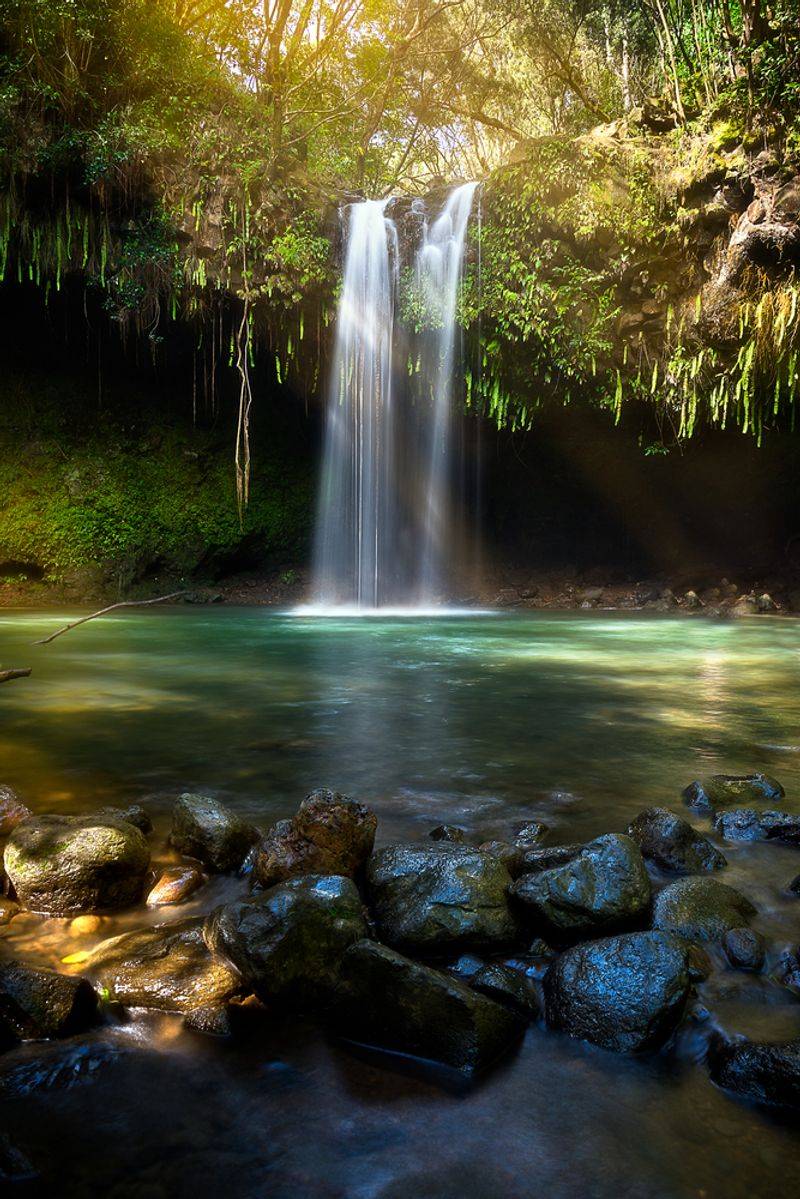
Volcanic craters hold clouds like bowls while waterfalls cascade down jungle cliffs into hidden pools. This Hawaiian paradise once welcomed visitors with genuine aloha spirit, but that warmth has cooled considerably.
Recent wildfires devastated communities while tourists continued arriving, sometimes interfering with recovery efforts. Housing shortages force local families to live in cars while vacation rentals sit empty between bookings.
Native Hawaiians increasingly speak out against overtourism that prices them out of their homeland. The islands that gave the world “aloha” now struggle to balance hospitality with survival as a living, breathing community rather than just a vacation destination.
6. Koh Phi Phi: The Beach That Broke Under Fame
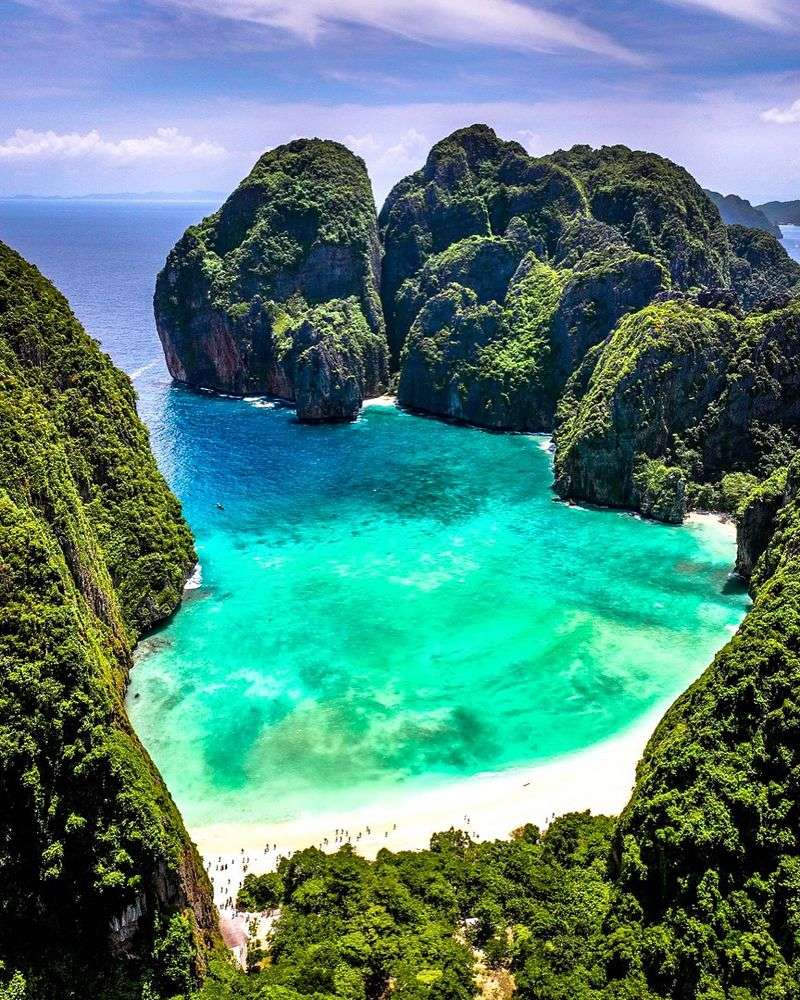
Leonardo DiCaprio’s movie “The Beach” turned Maya Bay into every traveler’s must-see destination, but fame came with a devastating price. Limestone cliffs that took millions of years to form watched helplessly as boat anchors destroyed coral reefs below.
Thousands of daily visitors trampled the very beach they came to admire. Marine life fled the chaos while plastic waste accumulated faster than cleanup crews could manage.
Thailand finally closed Maya Bay for several years to allow recovery. The reopening came with strict limits that many tourists find frustrating, proving that sometimes love really can kill what we cherish most.
7. Ischia: Italy’s Thermal Paradise Facing Modern Pressures
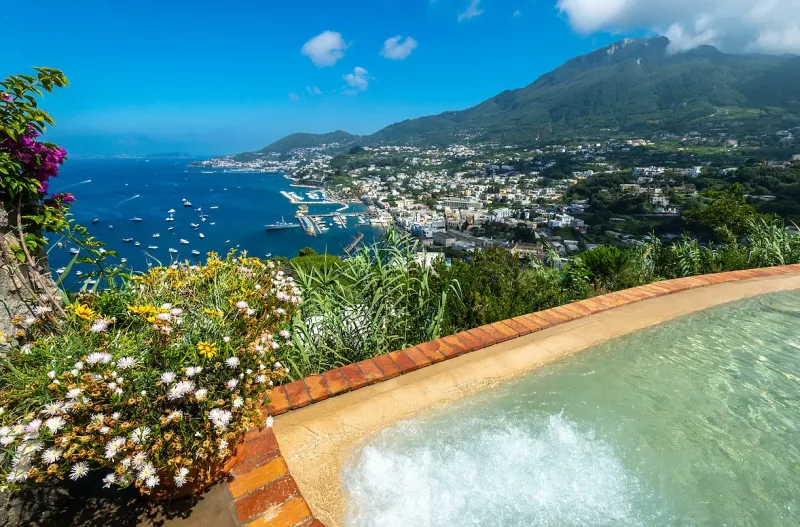
Natural hot springs bubble up from volcanic depths while ancient Roman ruins remind visitors that this island has been a wellness destination for over two thousand years. Thermal spas offer healing waters that emperors once enjoyed.
Rising tourism threatens the delicate balance between preservation and progress. Historic architecture faces pressure from modern development while traditional island life gives way to tourist-focused businesses.
Fragile coastal areas erode under increased foot traffic and infrastructure development. The thermal springs that made Ischia famous could become victims of their own success if sustainable tourism practices don’t take root soon.
8. Faroe Islands: Nordic Beauty Overwhelmed by Tiny Numbers
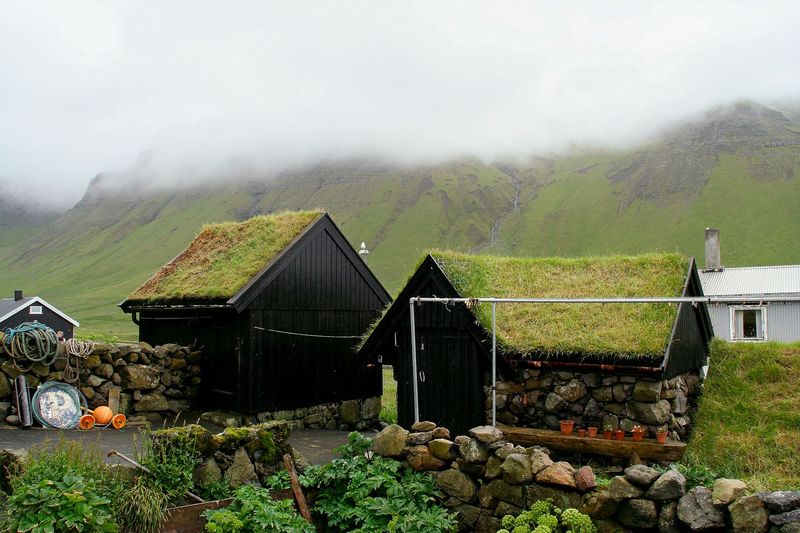
Grass-roof houses cling to clifftops while puffins nest in numbers that boggle the mind. These remote Nordic islands remained virtually unknown until social media discovered their dramatic beauty.
With only 50,000 residents total, even modest tourism growth creates massive impact. Popular hiking trails suffer erosion while small communities struggle to provide basic services for unexpected visitor surges.
The islands sometimes close popular attractions temporarily to prevent damage, a radical step that shows how fragile these landscapes really are. Sometimes the smallest populations face the biggest challenges when the world comes calling unexpectedly.
9. Palawan: The Philippines’ Last Frontier at Risk
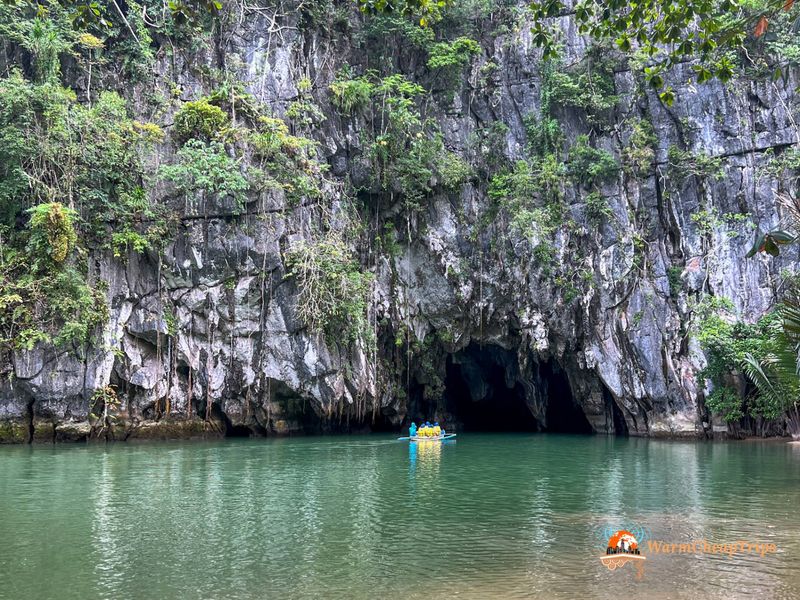
Underground rivers wind through limestone caves while lagoons hide behind towering karst formations that rise straight from emerald waters. This island province represents the Philippines’ wildest and most pristine natural environment.
Rapid tourism growth threatens marine biodiversity that scientists are still discovering. Coral reefs that survived centuries of typhoons now face threats from sunscreen chemicals and boat damage.
Local communities balance economic opportunities against environmental protection, knowing that destroying nature kills the golden goose. The challenge lies in developing tourism that enhances rather than exploits this natural wonderland.
10. Jeju Island: Korea’s Volcanic Jewel Under Pressure
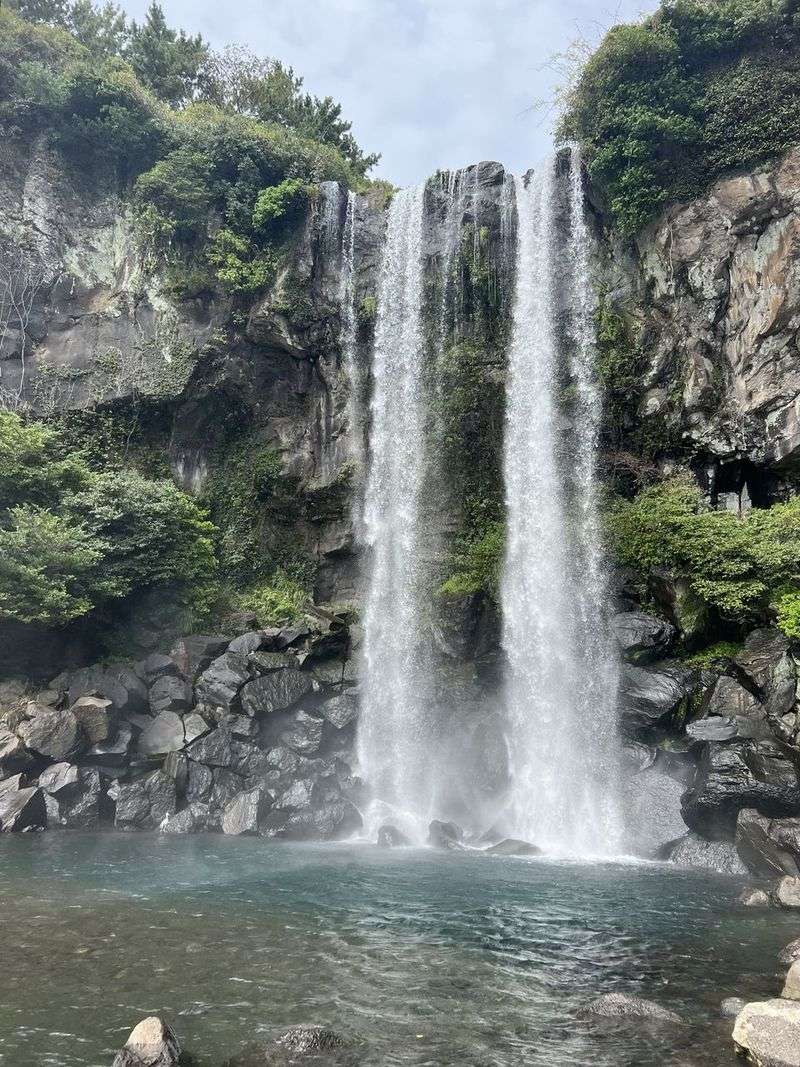
Volcanic cones dot the landscape like sleeping giants while waterfalls plunge into pools surrounded by subtropical vegetation. This UNESCO World Heritage site showcases Korea’s unique island culture and natural wonders.
Massive visitor numbers strain the island’s infrastructure and environment. Popular attractions become overcrowded while hiking trails suffer from overuse that damages fragile volcanic ecosystems.
Local residents express growing frustration with tourism impacts that affect their daily lives. The island famous for its natural beauty and peaceful atmosphere now struggles to maintain both qualities under the weight of its own popularity.
11. Easter Island: Where Ancient Mysteries Meet Modern Threats
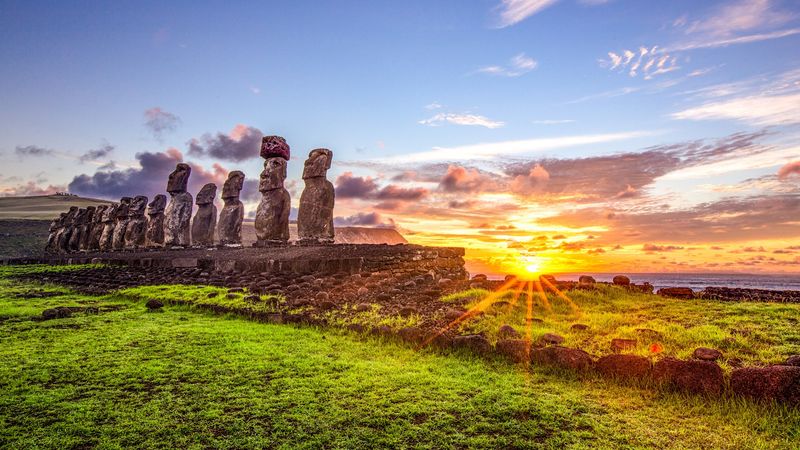
Nearly 1,000 moai statues stand silent guard over the world’s most isolated inhabited island, their stone faces holding secrets that scholars still debate. These monuments represent one of humanity’s greatest archaeological mysteries.
Limited resources on this tiny speck of land struggle to support both residents and tourists. Every visitor requires food, water, and waste management on an island thousands of miles from the nearest continent.
Cultural heritage faces pressure from tourism that sometimes treats sacred sites like theme park attractions. The island that gave us the moai now fights to preserve their dignity and mystery for future generations.
12. Seychelles: Granitic Paradise Facing Resort Pressure
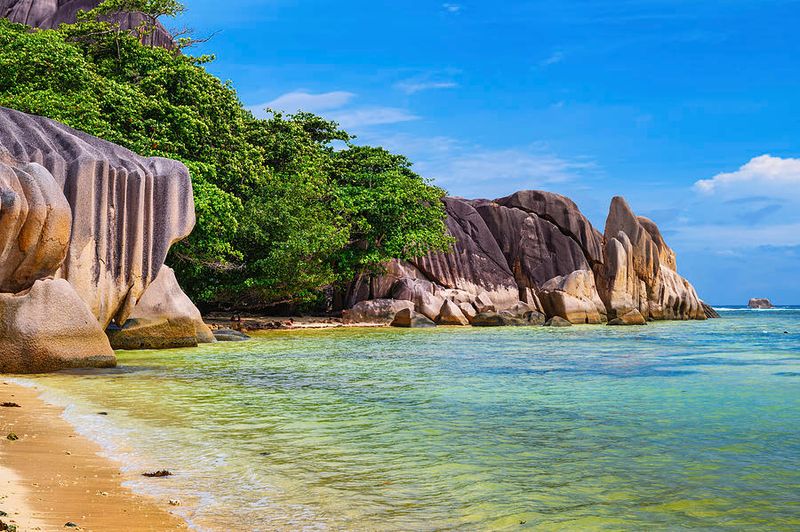
Massive granite boulders create natural sculptures on beaches so perfect they seem designed by artists rather than nature. Rare flora and fauna exist nowhere else on Earth, making these islands living museums of evolution.
Fragile ecosystems face mounting pressure from resort development and cruise ship tourism. Endemic species that survived ice ages now confront threats from habitat loss and human disturbance.
The challenge lies in balancing economic development with conservation of irreplaceable natural heritage. These granitic islands represent evolutionary treasures that, once lost, can never be replaced or restored to their original pristine state.
13. Galápagos: Darwin’s Laboratory Under Modern Siege
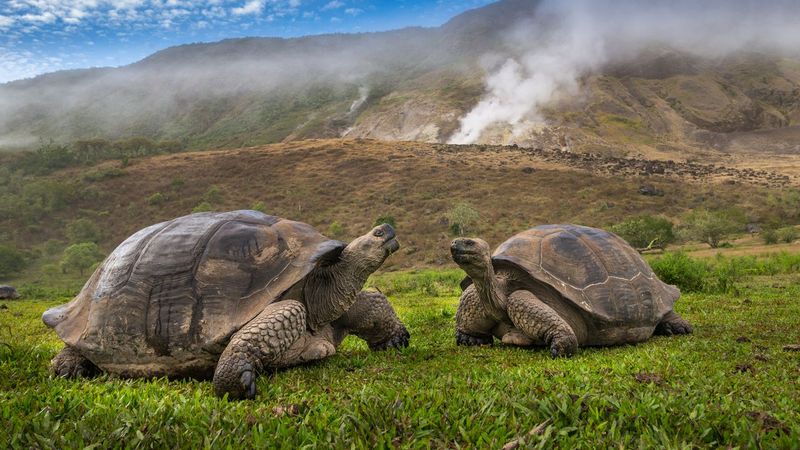
Giant tortoises lumber across volcanic landscapes while marine iguanas bask on lava rocks, creating scenes that inspired Darwin’s theory of evolution. These islands function as a living laboratory where nature conducts ongoing experiments.
Even strictly regulated tourism poses risks to species found nowhere else on Earth. Introduced bacteria on tourist shoes can devastate endemic plants while human presence affects animal behavior patterns developed over millions of years.
The islands that changed our understanding of life itself now depend on human wisdom to survive the modern world. Conservation here isn’t just about protecting animals—it’s about preserving the very foundation of evolutionary science.

